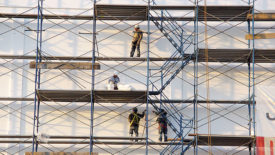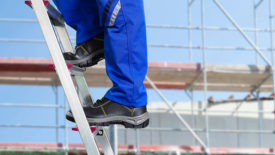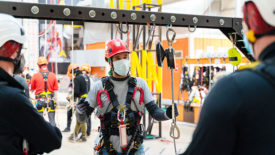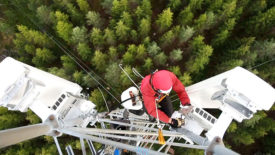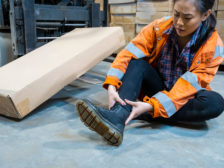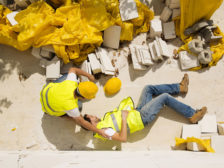Home » Fall Protection
Articles Tagged with ''Fall Protection''
No. 4 in the Top 10 most frequently penalized OSHA standards for FY 2021
Read More
2021 Top 10 OSHA Violations: Ladders, construction industry
No. 3 in the Top 10 most frequently penalized OSHA standards for FY 2021
January 25, 2022
2021 Top 10 OSHA Violations: Fall Protection- Training Requirements
No. 7 in the Top 10 most frequently penalized OSHA standards for FY 2021
January 25, 2022
2021 Top 10 OSHA Violations: Fall protection, general requirements, construction
No. 1 in the 10 most frequently penalized OSHA standards for FY 2021
January 25, 2022
Editorial
ISHN’s most popular stories of 2021
The news and features that resonated the most with ISHN readers in 2021.
January 20, 2022
2021 Readers' Choice Awards Winners: Best PPE, safety equipment products
ISHN Magazine recognizes the most innovative personal protection equipment and occupational health and safety products of 2021
July 23, 2021
Get our new eMagazine delivered to your inbox every month.
Stay in the know on the latest safety trends.
SUBSCRIBE TODAYCopyright ©2024. All Rights Reserved BNP Media.
Design, CMS, Hosting & Web Development :: ePublishing
